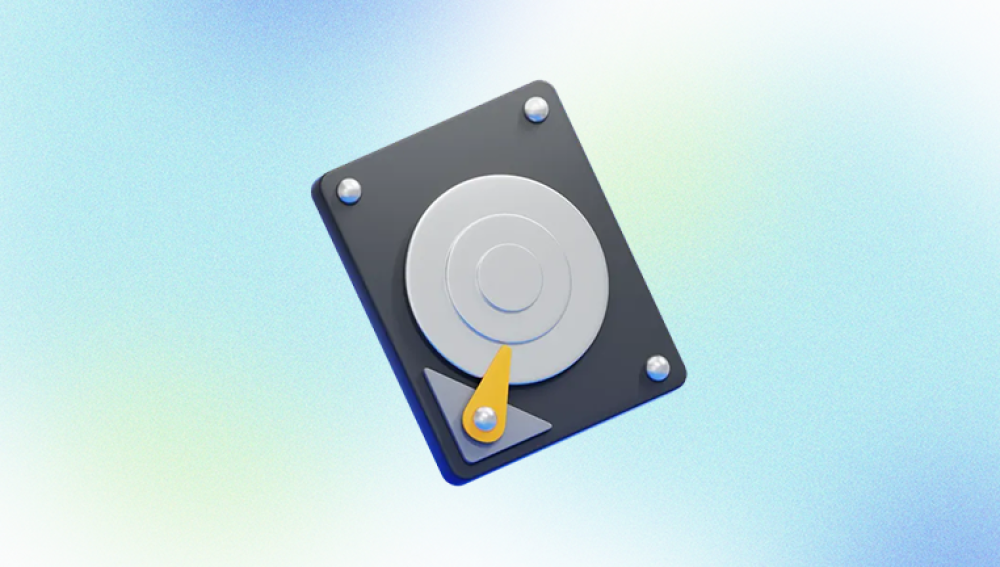When using Acronis True Image for backup or cloning tasks, it's not uncommon to encounter issues such as the process getting stuck on the source disk. This can be frustrating, particularly when you're trying to ensure that your data is safely backed up or when you're migrating to a new disk. This guide will explore the common reasons for this issue, how to troubleshoot it, and preventative measures to avoid it in the future.
Disk Errors and Bad Sectors: One of the most common reasons for Acronis True Image getting stuck on the source disk is the presence of disk errors or bad sectors. If the source disk has physical damage or logical errors, the software may have trouble reading data, causing it to hang.

Insufficient System Resources: Backup and cloning operations can be resource-intensive. If your system doesn't have enough free memory or processing power, Acronis True Image may become unresponsive.
Software Conflicts: Other running applications or background processes can interfere with Acronis True Image. Antivirus programs, disk utilities, or other backup solutions might conflict with Acronis, leading to the process getting stuck.
Outdated Software or Drivers: Running an outdated version of Acronis True Image or having outdated disk drivers can lead to compatibility issues, causing the software to hang during operations.
File System Corruption: Corruption within the file system on the source disk can also lead to problems. Acronis True Image relies on the integrity of the file system to read and back up data correctly.
Troubleshooting Steps
1. Check Disk for Errors
Start by checking the source disk for errors. You can use built-in tools like CHKDSK on Windows:
Open Command Prompt as an administrator.
Type chkdsk /f /r X: (replace X with the drive letter of your source disk).
Press Enter and follow the prompts.
This command will scan the disk for errors and bad sectors, attempting to fix any issues it finds. This process can take some time, especially on larger drives.
2. Ensure Sufficient System Resources
Ensure your system has enough free resources:
Close any unnecessary applications before starting the Acronis operation.
Check your system's memory and CPU usage using Task Manager (Ctrl+Shift+Esc) and ensure there's enough free memory and CPU capacity.
3. Update Software and Drivers
Make sure you're using the latest version of Acronis True Image and that all system drivers, especially disk drivers, are up to date:
Visit the Acronis website to download and install the latest updates for True Image.
Use Device Manager (right-click on the Start button, then select Device Manager) to update your disk drivers.
4. Run Acronis in Safe Mode
Running Acronis True Image in Safe Mode can help eliminate conflicts with other software:
Restart your computer and press F8 (or Shift+F8) during boot to enter Safe Mode.
Run Acronis True Image in Safe Mode and attempt the operation again.
5. Check for File System Corruption
If you suspect file system corruption, you can try repairing it:
For Windows, use the built-in sfc /scannow command in Command Prompt to check and repair system files.
Alternatively, use third-party disk repair tools if necessary.
6. Disable Conflicting Software
Temporarily disable antivirus software and other disk utilities:
Right-click on the antivirus icon in the system tray and select "Disable" or "Exit."
Ensure no other disk utilities or backup solutions are running in the background.
Preventative Measures
1. Regular Disk Maintenance
Regularly check your disks for errors and bad sectors using tools like CHKDSK or third-party disk maintenance software. This helps to catch and fix issues before they cause problems.
2. Keep Software Up to Date
Regularly update Acronis True Image and your system drivers to ensure compatibility and benefit from the latest fixes and improvements.
3. Optimize System Performance
Keep your system running smoothly by managing startup programs, regularly cleaning up temporary files, and ensuring adequate free disk space.
4. Scheduled Backups
Set up scheduled backups during off-peak hours when your system is not heavily used. This helps to ensure that sufficient resources are available for the backup process.
5. Use Reliable Hardware
Invest in reliable and high-quality hardware for your storage needs. This includes using good-quality hard drives and SSDs with a track record of reliability.
Acronis True Image is a powerful tool for backing up and cloning disks, but like any software, it can run into issues such as getting stuck on the source disk. By understanding the common causes and following the troubleshooting steps outlined in this guide, you can resolve these issues and ensure your backup operations run smoothly. Regular maintenance and preventive measures can also help minimize the chances of encountering such problems in the future.




